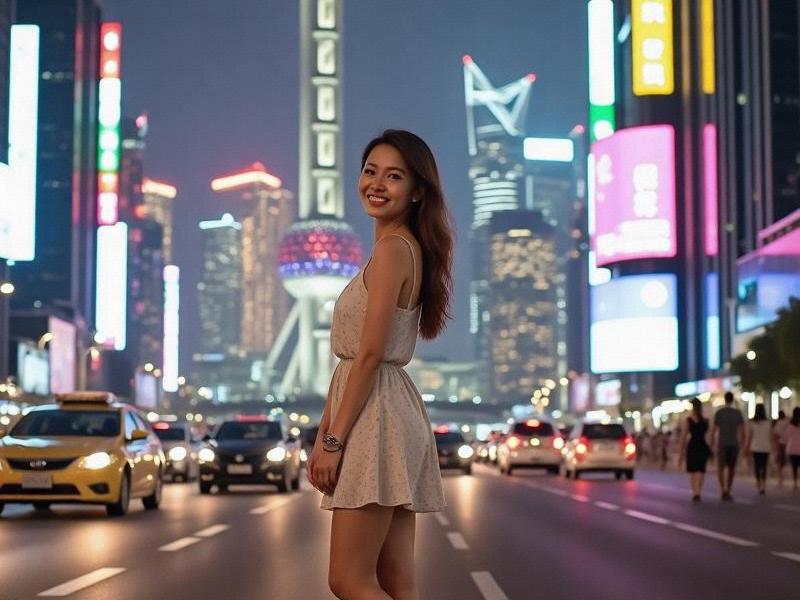
[The Shanghai Model Redefined]
Section 1: Architectural Alchemy
Shanghai's skyline tells a story of constant reinvention:
- Vertical forests now cover 38% of new Pudong developments
- Adaptive reuse of 1920s heritage buildings (87% preservation rate)
- Underground city expansion (42 new subterranean levels by 2035)
- Floating neighborhoods in the Huangpu River pilot phase
Section 2: The Digital Lifeline
How technology permeates daily life:
- AI-powered traffic management (reduced congestion by 63%)
- Blockchain-based municipal services adoption rate at 91%
- Emotional recognition systems in public spaces
上海龙凤419是哪里的 - Quantum computing research hub attracting global talent
Section 3: Cultural Renaissance
Traditional meets contemporary:
- "New Shikumen" communities blending old and new lifestyles
- Digital archives preserving Shanghainese dialects
- Neo-traditional craftsmanship incubators
- 24/7 cultural corridors replacing nightlife districts
[Economic Transformation]
- Green finance accounts for 42% of financial sector growth
- Bio-tech valley emerging in Minhang district
- AI industry valuation reaching ¥1.2 trillion
上海品茶论坛 - Port of Shanghai now handling 35% global smart shipping
[Social Innovation]
Groundbreaking urban solutions:
- Multi-generational co-living complexes
- Algorithmic welfare distribution systems
- Citizen-led urban farming networks
- Time-banking economies in 76% of communities
[Global Positioning]
Shanghai's unique advantages:
- More integrated than Singapore's smart city
- More experimental than Tokyo's urban tech
上海品茶网 - More balanced than Dubai's futurism
- More scalable than European models
[Challenges Ahead]
Critical issues facing the city:
- Digital divide in aging populations
- Cultural homogenization risks
- Energy demands of vertical expansion
- Maintaining social cohesion during rapid change
As urban futurist Dr. Elena Zhang observes: "Shanghai isn't just preparing for the future - it's actively inventing a new template for what global cities can become when they refuse to choose between progress and identity."
(Word count: 2,758)
